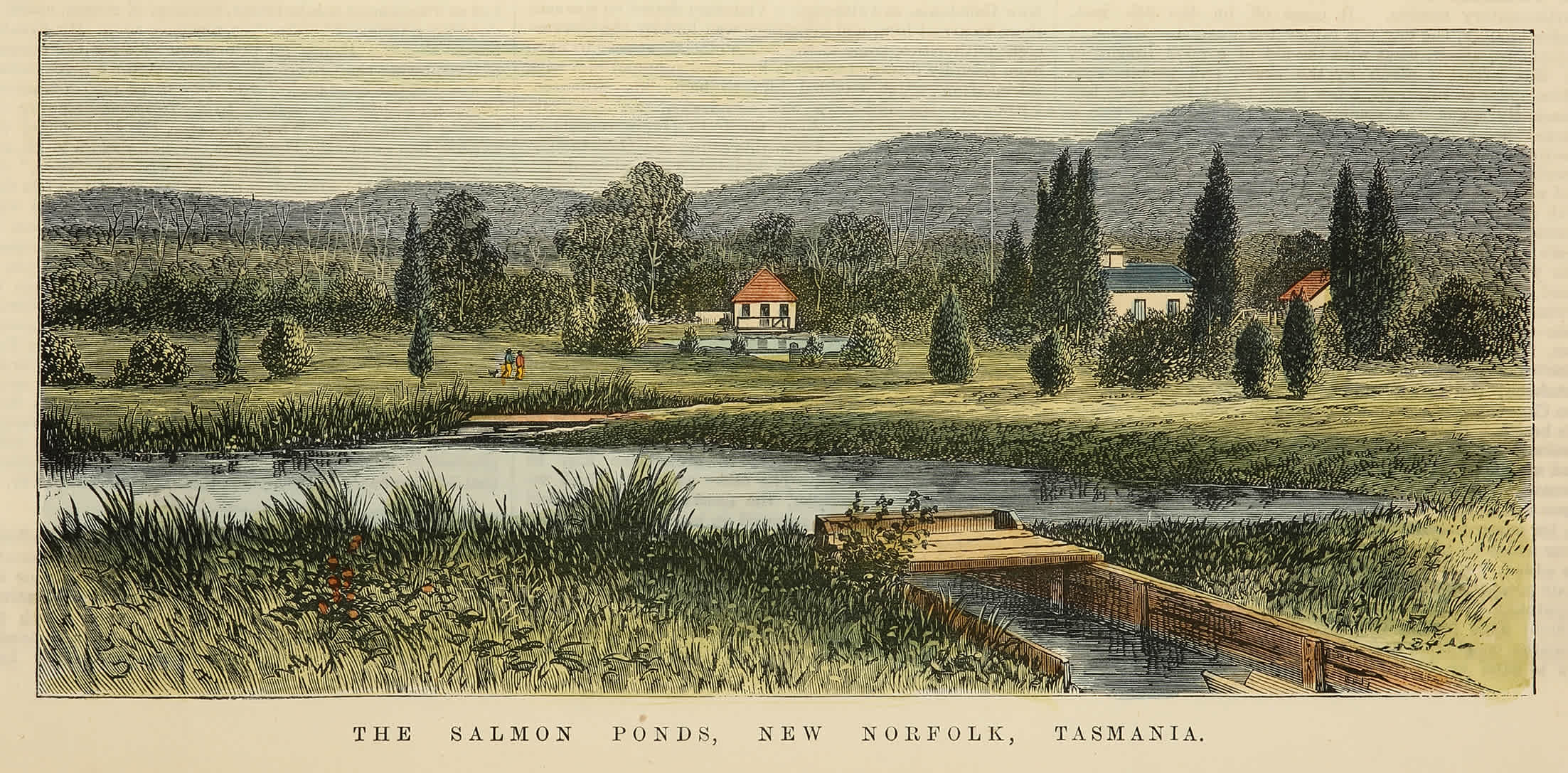"When we try to pick out anything by itself, we find it hitched to everything else in the Universe." - John Muir
Where we live, connecting to the wild looks deceptively simple. We just turn right out our back gate, and we can walk into the wild. Granted the Patch of bush we’ve been living alongside these past 33 years – some 150 hectares of mostly woodland – is more mild than wild, and is largely hemmed in by suburbia. Still, if we turn determinedly uphill, towards the mountain, rather than downhill towards the city, we can reach the wild, and even actual wilderness, on foot.
When we first moved here, this connection to the wilderness was largely symbolic. The mountain represented the “wilderness at the back of the mind”, given that our focus was on raising three young children. But bit by bit the active, adventurous natures of those children, and the everpresent bulk of that mountain, helped move the wild closer to the front of the mind. After a good fall of snow, our children would nag us to go up the mountain, and find the nearest snow-covered slope. There we’d use improvised toboggans, build snow men, throw snowballs, and get wet, cold and not-a-little whingy before retreating to the home fires.
Later a rite of passage for our children was the overnight camp on the mountain. One of us would escort the initiate up the mountain, taking a tent, a meal and enough warm gear to outfit an Antarctic expedition.
We never went far, just far enough to feel we were in the wild; far enough to see a tell-tale widening of young eyes, or hear a slight quaver in the voice.
That signalled it was time to put up the tent and seek the familiar comforts of food and story and a warm sleeping bag.
As their legs lengthened, we started walking off-track with them. We might clamber on dolerite boulders, gaze into frozen pools, or discover that scoparia is pretty as well as prickly. It never seemed to matter whether we reached a destination. We were busy connecting with each other, and finding that the wild around us connected with something inside us.
By the time grandchildren came along, visits to the mountain could get quite involved. On one three-generation picnic on Sphinx Rock, I found myself thinking about time. We’d been visiting this lookout rock as a family for more than three decades. But how many generations of Hobartians had done the same before us? And how many generations of the Mouheneener Aboriginal band were connected to this perfect outlook and its “downstairs” shelters? More than a thousand?
Amid these deep-time thoughts on kunanyi, I couldn’t help pondering the “progress” issues facing the mountain. Of course not all progress is bad: Sphinx Rock itself once had a sawmill near the top of it, and I’m certainly glad that’s gone! But the proposed cable car and massive developments above the Organ Pipes? I’m dismayed by the idea of bus-sized gondolas slicing through the sky above here. And I’m disgusted by the thought that this mountain, this sky, this view, could be visually “mined” by a company for profit, for the convenience and momentary thrill of some. And all without consulting the Aboriginal community
After our picnic, I’ve planned to take our eldest granddaughter to the summit of kunanyi via the Zig Zag Track. Rain is forecast, and we’re late in leaving. But this is a track that discourages rushing. Apart from its steep gradient, each zig and zag of the track brings a new and spectacular view.
As we’re nearing the top, we find an irresistible patch of snow, and my granddaughter stops to build a small snow man.
While I watch the clouds building, she adds snowgum leaf eyes and pudgy white feet to the mini-man. Finally I contribute two straggly stick arms and a bulging rock nose, and we laugh together at our misshapen creation. Then finally we set off on the last part of the climb.
Standing together on top, looking down over Hobart and the Derwent, we momentarily feel as though the mountain is ours. Of course we know, being a wild place, it belongs to no-one. Rather we’ve found connection, and I suspect that trumps possession every time.
Peter Grant lives in the foothills of kunanyi with his wife. He worked with the Tasmania Parks and Wildlife Service for 24 years as manager of interpretation and education. His passion for the natural world led him to write Habitat Garden (ABC Books) and found the Wildcare Tasmania Nature Writing Prize. More of his writing can be seen at naturescribe.com.








